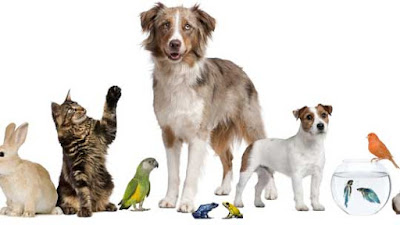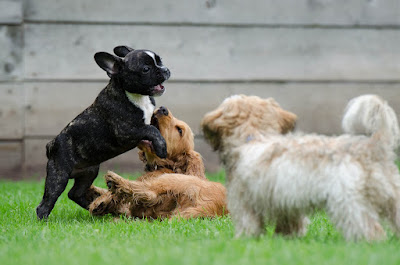“A few studies have been done specifically in dogs and other companion animals that support the beneficial effects of certain music on these species,” explains Dr. Mark Verdino, DVM, senior vice president and chief of veterinary staff at North Shore Animal League America.
Research Shows That Classical Music Helps in Calming Shelter Dogs
The most notable study—which looked into the effects of relaxing music for dogs in stressful environments—was performed by Dr. Kogan from the Colorado State College of Veterinary Medicine and published in the Journal of Veterinary Behavior.
“It evaluated the behavior of 117 shelter dogs exposed to classical music and heavy metal music,” says Dr. Verdino. “The study found a significant calming effect with classical music, while there was an agitating effect by the metal music; subsequent studies found similar calming effects with easy listening music.”
The Science Behind Calming Music for Dogs
Despite these promising results, Dr. Verdino points out that the effect of calming music for dogs is not fully understood. “Multiple areas of the brain are known to be involved in the process—the auditory cortex and multiple parts of the limbic system that regulates emotion,” says Dr. Verdino. “In human and animal studies, the levels of cortisol (the stress hormone) in the blood drops as a result of hearing classical music.”
Although scientists aren't sure why and how music affects the brain, they do know one thing: Relaxing sounds and music affect physiological processes in the autonomic system, according to Dr. Christie Cornelius, DVM, president and founder of Lastwishes.com.
“The autonomic system controls both the fight-or-flight response and the rest-and-digest response,” says Dr. Cornelius. “Relaxed dogs, in general, have slower heart rates, rest more easily and are less vocal—similar to what the brain experiences during a rest-and-digest situation.”
Calming Dogs With the Right Tempo
A 2002 study conducted by animal behaviorist Dr. Deborah Wells shows that classical music helps dogs relax. The dogs rested more, spent more of their time being quiet, and spent less time standing than when exposed to stimulation such as heavy metal music, pop music and conversation.
Why classical music in particular? Because dogs seem to relax when exposed to music with a tempo of 50-60 beats per minute, says Dr. Cornelius. This usually includes classical music, reggae and some types of soft rock. “Classical music with a single instrument at a slower tempo has been especially shown to produced relaxed behaviors in dogs,” Dr. Cornelius adds.
On the other hand, Dr. Cornelius points out that faster-tempo hard rock and heavy metal music have been shown to cause an increase in restlessness, anxiety and agitation.
“Short, choppy tones tend to be more excitatory than long, continuous tones,” says Dr. Verdino. “Logic would say to avoid deep base tones and loud percussion as these are the types of tones that typically have an adverse effect of dogs—similar to the sound of fireworks, thunder, etc.”
If you are looking to help calm your dog with sounds, a good place to start is with the Pet Acoustics Pet Tunes calming music dog speaker. This speaker features 90 minutes of calming sounds for dogs.
Going Beyond Music
For dogs who are particularly anxious about being left alone, the Ruff Dawg Om Dawg Stress Reduction System could help. First, use the ball to tire your pup out, then play the soothing CD before you step out of the house.
The Calmz Anxiety Relief System for dogs might also be a good option. “The music portion of this product would certainly have a calming effect,” says Dr. Verdino. “Generalized pressure, as found with this product and other products like the Thundershirt, have also been found to have a calming effect too—similar to the swaddling of a baby.”






